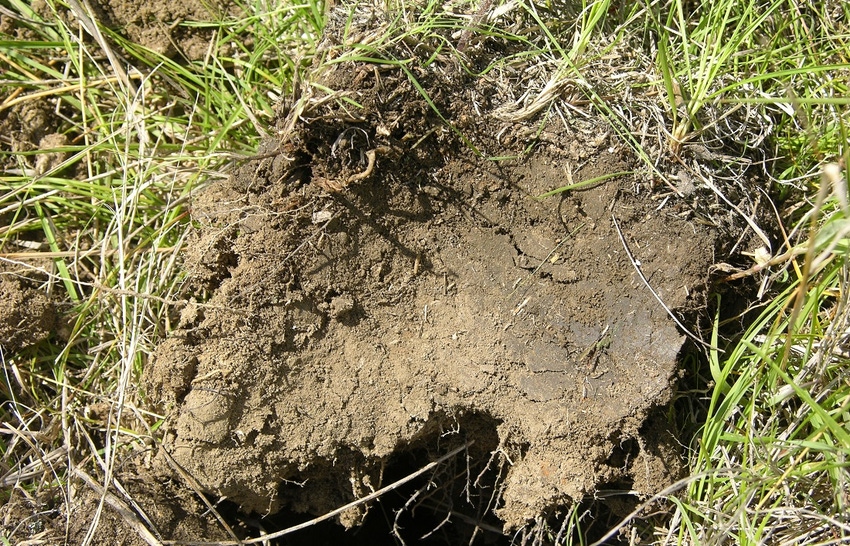
I don’t know about ya’ll but I spend a right smart amount of time planning to do better. I am so well organized that it is often a relief when my flip phone rings so I can find it.
One thing we need to do in the winter is rest up a little and think and plan and visit with other successful grazing beef producers. Most of us could use and profit from soil that is actually growing in organic matter, mineralization, color and depth.
As I continue to study, observe, attend and lead pasture walks and seminars I notice there is a lot of confusing information being taught and printed. I highly recommend a regular read and review of what Alan Newport and Walt Davis are saying and have written for close to a decade or more. There are other folks out there that have real knowledge but there are a bunch that need more study time.
Here are a few principles or rules we must know, understand, plan, and execute for concerning the soil.
Soil is dynamic, not static. It is growing and dying and leaving at differing speeds depending on temperature, moisture, air, food, plant life and management.
Soil requires large amounts of life on top and underground in order to be vibrant and healthy. The more days of the year the life is active, the more soil can grow.
Soil’s major building blocks are carbon, hydrogen and oxygen.
Minerals are the second most important soil component, with calcium being the kingpin of minerals.
Soil carbon is the major key to soil life and function as to plant growth and health. Carbon is being processed and cycled almost constantly and can only be stored for long periods under water.
Soil carbon that results in new soil growth comes primarily from tall warm season (C4) plants that have deep, massive root systems and large biomass. These plants have four carbon chains in their structure and only they are capable of yielding significant new soil growth. Much of this is the result of their relationship and union with mycorrhizal fungi that vastly multiplies the root network in the soil for growth and life.
Cool-season (C3) plants have only three carbon chains and are not capable of building new deep vibrant soil. Many of these plants are referred to as “grazing adapted.” This is likely a misnomer and actually indicates that these C3 plants can live under management that takes out the best C4 growth. There are a bunch of folks who do not understand or acknowledge this fact. Hopefully, in the near future they will come around.
Cattle or other ruminants are a must for soil building, as their presence flexes the normal system thru grazing, pulling, hoof impact, manure, urine, saliva and more. The key is time and timing, particularly when and for how long. Remember the timing issues of import are complete plant recovery, lots of herd density (pounds of livestock per acre), and a short period of stay.After you start and witness complete plant recovery, followed by high density (bust) grazing you will wonder why you questioned the results. Then you'll see the soil get healthier and your livestock health will follow.
This winter take time and think and study. Next spring I’ll be your advocate if you go out and make it happen.
Walt Davis says the fastest way to achieve ranch goals is to add more paddocks for the cattle and increase the plant recovery time. I agree. Until you practice complete plant recovery, planned grazing will not be a big ranch success.
About the Author(s)
You May Also Like






